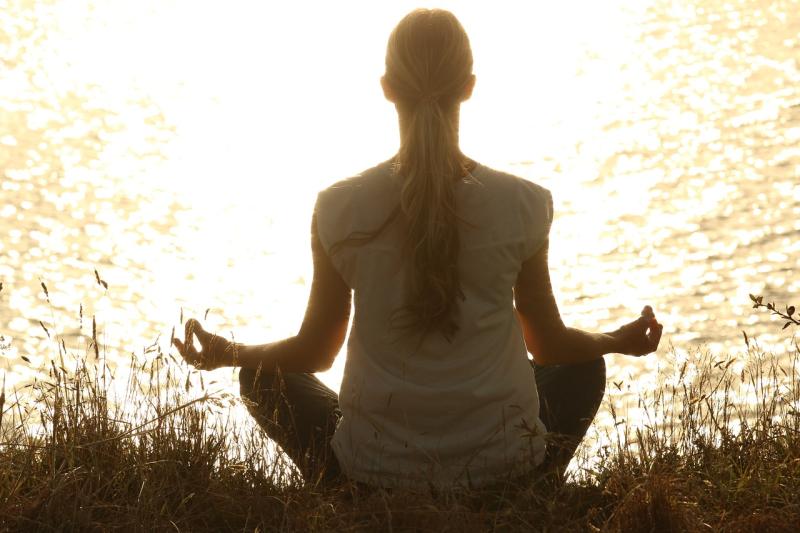The Great Outdoors: Exploring the Wilds in the US

America is blessed with one of the most beautiful wilds in the world. No matter where you are in the country, there are national parks and wild areas that you can easily visit whenever you want to.
However, exploring the great outdoors is something that you need to be prepared for. Remember, these are wild areas. Anything can happen when you’re out there, so it pays to be ready for anything.
In this article, we’ll take a look at some of the things you need to know before exploring the wilds in the US - from finding a place to visit, to what gear you should bring. Let’s jump right into it!
Where Should You Visit?
Again, America is full of wild areas that you can go and visit. But if you’re planning to get out there, it pays to know the differences between national parks, national forests, and wilderness areas.
National Parks
Ever since Ulysses Grant signed the bill creating the first national park, Yellowstone, in 1872, national parks have been a mainstay of American culture.
These large swathes of “untouched” wild lands are beautiful and well worth visiting. And thanks to the National Parks Service, they’re easily accessible to anyone who would like to visit.
Of course, they do have their fair share of rules and regulations. Typically, hunting is not allowed inside national parks. And most of the time, you can’t just camp out wherever you’d like to either.
National Parks have a lot of rangers who patrol the areas to ensure visitors are safe and to enforce regulations. So while national parks are the easiest way you can get closer to nature, what you can and can’t do here is highly regulated.
National Forests
National Forests are the less regulated sibling of national parks. They are still federal land, but unlike national parks, fewer rangers monitor the area.
Because it’s unregulated, you can do a lot more activities here than in national parks. Hunting is typically allowed, as is camping without prior “check-ins” with park rangers.
That said, national forests tend to be less pristine than national parks, where strict rules are enforced. For novice explorers, these areas are also less safe if you don’t know what you’re doing.
Wilderness Areas
Lastly, there are the wilderness areas. As the name suggests, these areas have as little human influence as possible. Yes, recreational activities are allowed here, but these areas are still some of the most untouched areas in the country.
Unlike national forests, motorized vehicles are prohibited in wilderness areas. This is to preserve their untouched nature. However, hunting and camping are allowed in these areas.
Like national forests, you’ll also need to be vigilant when visiting wilderness areas. Without the presence of rangers, extra steps to stay safe are required.
What Should You Bring?
What you bring when visiting the great outdoors depends on a lot of factors.
One of the best ways to view the great American outdoors is by riding its wide open spaces on a motorcycle, and National Parks offer some of the most beautiful riding around. If you’re planning to drive through these parks on a motorbike, you’ll need touring motorcycle gear. And if you’re planning to hike some trails, make sure you bring plenty of water!
If you’re going to camp, you’ll no doubt need to bring a lot of camping and cooking gear. That said, there are a few things that you should bring regardless of what you plan to do. Let’s have a look.
Insect Repellant
The wild is not only full of beautiful animals like deer and bears but also small, annoying insects. These insects can be extremely annoying, and can even ruin a wonderful day at the park by biting you all over.
At best, their bites will itch. At worst, insect bites can sometimes spread disease. That’s why having an effective insect repellent is a must whenever you visit the wild.
Pocket Knife
No matter what you’re planning to do, having a personalized pocket knife is a great thing to have. Countless situations can arise where having this tool will prove to be useful.
First Aid Kit
Anything can happen out in the wild. That’s why being prepared is a must! A first aid kit with the essentials, such as bandaids, dressings, antibiotic ointment, and more can prove to be your best friend.
Compass
Getting lost in the wild is not uncommon. And a lot of times, the difference between losing and finding your way is knowing which direction you’re heading. That’s why a good compass can be super useful.
Backup Hunting Gear
If you’re going hunting, you’ll not only want to bring your main weapons, but you’ll want some backup items as well. Things like outdoor shoes, a flashlight, extra batteries, tape, rope, extra bow strings, extra bullets, and anything that could prove to be useful if your main ones fail is a must-bring.
Sunscreen
Not exactly an essential item, but something great to have. In some areas of the wild, you won’t have shade to cover you from the sun. Sunscreen will not only prevent sunburns but also the long-term damaging effects that UV rays can have on your skin.
Bear Spray
Lastly, if you’re heading to an area where bears are around, you’ll want something to protect you from these animals. There are roughly 12 bear attacks in North America every year. While the number is low, you do not want to be part of that.
Bear spray is proven to be super effective, and something that you should carry along whenever you enter bear country.
Other Items
This list is by no means exhaustive. Make sure to take into account your personal needs, and try to bring backup items whenever possible.
Again, anything can happen in the wild, so being prepared is a must.
Ready to Explore the Wilds?
Exploring the wilds is one of the most fulfilling pastimes you can have. So whether you’re planning to have a quick trip, hike through mountains, or go camping and hunting, this short guide should get you ready for your first trip!









Comments